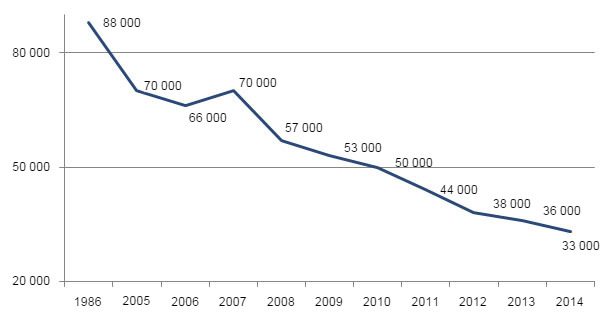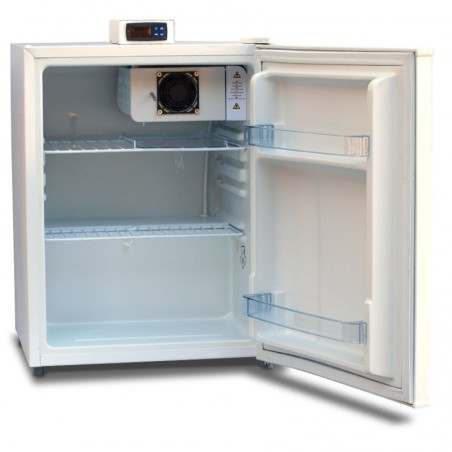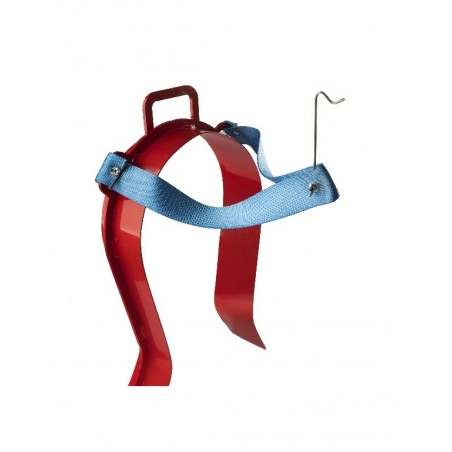AI (Artificial Insemination) is a key tool for maintaining competitiveness in animal production. From its beginnings, its goal has been to maximize dissemination of genes from the best breeding pigs.
Since 2007, Post-Cervical Artificial Insemination (PC-AI) has been quickly incorporated into the routine practices of breeding farms. Its degree of implementation in Spain in 2011 was over 60% (according to the survey carried out by the Asociación Nacional de Porcino Selecto), and in December 2015 this percentage went up to 76%, according to estimates by the author. This rapid implementation is due to its following technical and economic advantages:

- Less labour, because PC-AI is faster
-
Lower-volume doses and sperm counts
-
Less boars on the farm (increased uniformity)
- Less boars on the whole (increased genetic value)
Less labour, because PC-AI is faster
The immediate advantage of PC-AI is the need for less labour during AI (Table 1) because it is faster, it needs lower volumes and there is a lower risk of reflux (Hernandez-Caravaca et al. 2012.) However, PC-AI can be associated with a higher relative risk due to the following factors: Less spermatozoa are used (hence the importance of well-established quality), less volume is used (which results in a lower immune stimulation of the uterus), and there is an increase of the risk of uterine contamination. It is an opportunity to select better trained, more efficient and better paid staff. According to indicative practical data, the annual economic benefit in labour costs generated from changing from traditional AI to PC-AI on a farm with 1,000 breeding sows is estimated at approximately €1,900.
Table 1. Comparison of the approximate costs of labour in traditional and post-cervical AI, assuming 2.4 doses per heat, 2.38 farrowings per sow per year, a gross monthly salary of €1,386.6 for the traditional inseminator and a 20% higher for the post-cervical inseminator. In the post-cervical scenario, this technique would be used with all sows, including primiparous and gilts.
| Type of AI | Minutes/AI | Staff costs, €/h | AI costs, €/sow | Annual costs per 1,000 sows |
| Traditional | 5 | 8 | 0.67 | 3,808 |
| Post-cervical | 2 | 10 | 0.33 | 1,904 |
| Difference | 1,904 |
Lower-volume doses and sperm counts
Almost 60% of the cost of producing a dose in a boar stud is comprised of fixed costs. A traditional dose on a farm with 1,000 sows costs €3.80 approximately, and a post-cervical dose €2.70 approximately, representing an annual savings of €6,600 in doses.
The population of breeding boars has decreased dramatically since the introduction of the PC-AI. In Spain, for example, the population of boars has decreased by 53%, from 70,000 to 33,000 boars from 2005 to 2014 (Figure 1.) As a result, the selling price of breeding boars has increased up to 40%. The increase in the cost of boars is mirrored in the cost of post-cervical doses, which tends to meet the current cost of traditional AI due to the increase of the direct selling price of the boar or to the royalties per dose or piglet produced with the semen of genetically improved boars.

Figure 1. Evolution of the census of breeding boars in Spain (MAGRAMA.)
Less boars on the farm (increased uniformity)
Uniformity through AI is a difficult parameter to measure and especially quantify on a farm. Current boar populations are made up by uniform, genetically selected individuals. Still, it is common sense to think that, if the population of original boars diminishes, uniformity will increase and also, if that population is the genetic elite, uniformity will be even greater and compensate the extremely high boar replacement rate in the boar stud (an average of 14 months in the centre, which means 85% replacements).
Less boars on the whole (increased genetic value)
This factor is by far the most determining economically but, surprisingly, it is not the main reason for the implementation of PC-AI in most cases.
Increasing the genetic value of a population of boars has a decisive influence on the selection parameters, i.e., for finishers: meat parameters (conversion rate, average daily gain, lean percentage, marbling fat, intake capacity, etc). For female lines: maternal parameters (mothering ability, milk-producing capacity, number of teats, total born, viable born, weight birth, etc.)
In conclusion, introduction of PC-AI has a very significant economic impact on the whole of the pork industry (Table 2), and is a challenge for boar studs and breeding farms of parallel magnitude to that raised by the transition from natural service to AI. Its effectiveness and efficiency having been proved, further research is necessary on the accepted limits of quality for this technique (already investigated for traditional AI), in order to remain competitive in the face of the challenges posed by the swine industry.
Table 2. Estimation of the relative economic benefits obtained through introduction of post-cervical insemination on a farm with 1000 sows.
| Less labour | 4.66% |
| Cheaper doses | 16.18% |
| Higher uniformity | 24.51% |
| Higher genetic value | 61.27% |
| Catheter costs | −6.62% |










